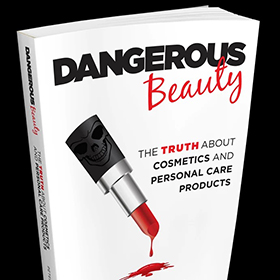
BPA has received a lot of media attention over the last decade, primarily the effects of this chemical on our reproductive health and infants.
This week the European Chemicals Agency (ECHA) has classified bisphenol A, a chemical found in many common plastic products, as an endocrine disruptor and a ‘substance of very high concern’ due to its “probable serious effects to human health which give rise to an equivalent level of concern to carcinogenic, mutagenic, toxic to reproduction substances”.
France banned BPA in baby bottles in 2010 and in food containers in 2012. The new European classification for BPA follows a proposal by the French food security agency (ANSES) from February this year. ECHA’s member state committee, made up of representatives from all 28 EU countries, agreed the change unanimously on 16 June.
But nothing in Australia?
Despite its widely known health effects BPA is still used in a variety of consumer products containing epoxy resins, polyester-styrene, and polycarbonate plastics. It is added to various plastics in many different consumer products including plastic bottles while epoxy resins are used as protective coatings for metal food and beverage cans. It is found in every can and most plastic bottles unless they are labelled BPA free. Bisphenol A is extensively used in the food-packaging industry so even food take away wrappers may be contaminated with BPA. It is also found in thermal paper for receipts and fax, however, human exposure occurs mainly from the direct contact of food with Bisphenol A containing plastics. Other exposure routes that are of particular concern are Bisphenol A leaching from babies’ feeding bottles, and Bisphenol A BPA leaching from dental fillings and sealants. In one study BPA was detected in 15 conventional samples, including dish and laundry detergent, tub and tile cleaner, soaps, lotions, shampoo, conditioner, shaving cream, nail polish, and sunscreen. Overall, human exposure to BPA is frequent and widespread, and more than 90% of individuals have detectable amounts of BPA in urine as reported by studies around the world. In a study in the USA BPA was found in 92.6% of urine samples from 2,517 people across the country.
BPA was first reported to impact the reproductive system of female rats in the 1930s. Since then there have been hundreds of published studies showing BPA effects in animals even at very low levels (μg/kg/d) and at levels we would normally be exposed to on a daily basis. It appears that these low levels may even be more of problem on health that much higher levels.
I have written extensively on this in my new book Dangerous Beauty
https://www.drdingle.com/products/dangerous-beauty-pre-release